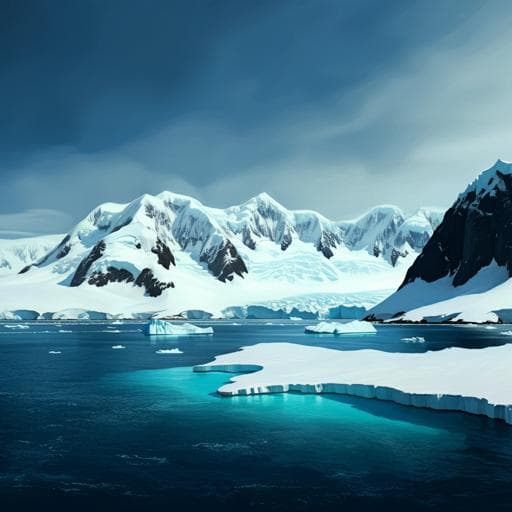
Earth Sciences
Holocene melting of the West Antarctic Ice Sheet driven by tropical Pacific warming
A. D. Sproson, Y. Yokoyama, et al.
Explore the intriguing glacial history of the Amundsen Sea sector revealed by the research conducted by Adam D. Sproson, Yusuke Yokoyama, Yosuke Miyairi, Takahiro Aze, and Rebecca L. Totten. Discover how atmospheric circulation changes linked to tropical Pacific warming drove significant ice melting and retreat 9 to 6 thousand years ago, validating contemporary ice-sheet models and informing future sea-level projections.
~3 min • Beginner • English
Related Publications
Explore these studies to deepen your understanding of the subject.







